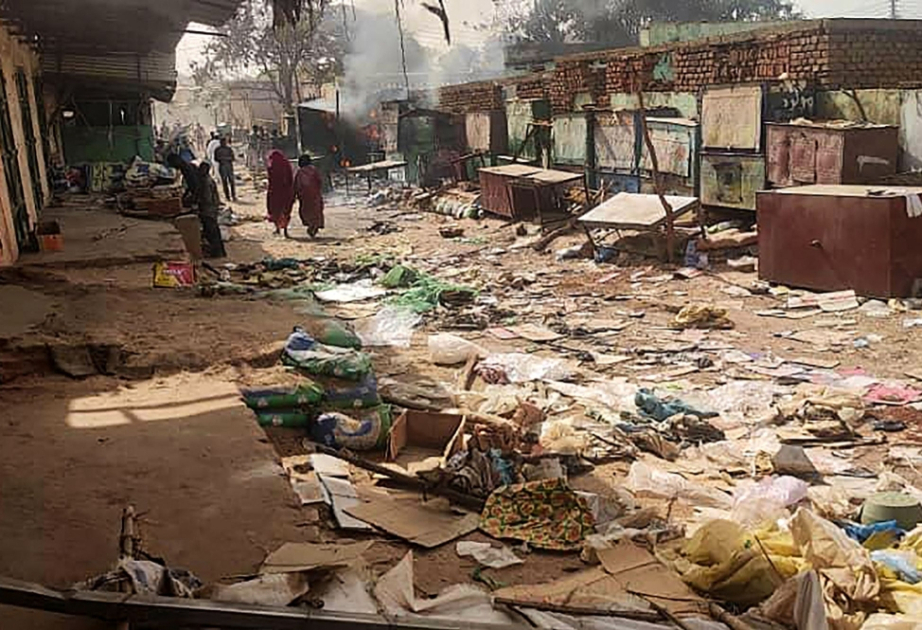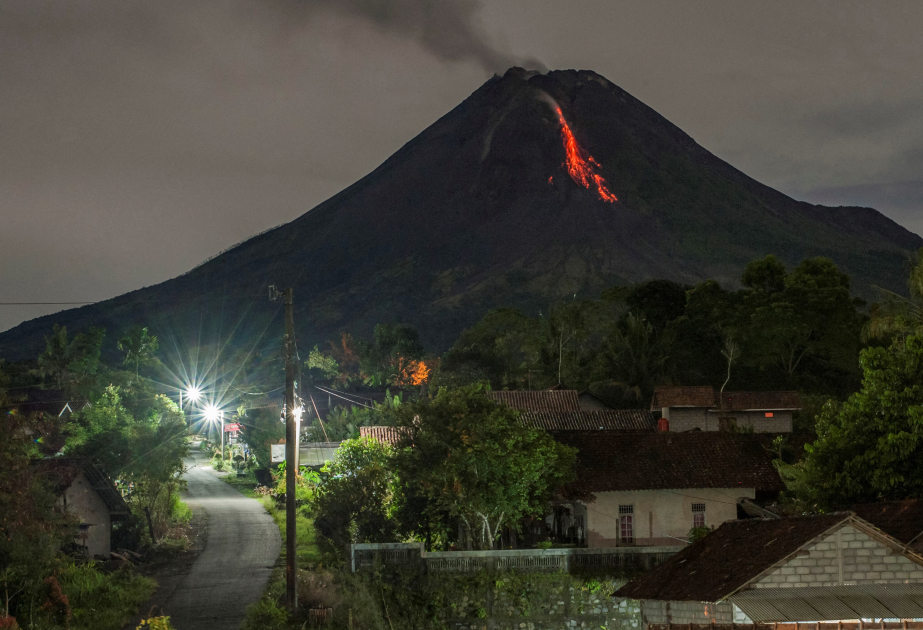WORLD
Rare ‘Jungle Book’ watercolor goes on display at Rudyard Kipling’s home in England

Baku, March 7, AZERTAC
“The Return of the Buffalo Herd” is one of only four surviving illustrations from the book, according to Smithsonian magazine.
An original watercolor illustration from The Jungle Book is now on view at author Rudyard Kipling’s home in southeastern England.
The British writer lived at Bateman’s, a 17th-century house in Sussex, from 1902 until his death in 1936. When his wife, Caroline, passed away three years later, she left their home to the National Trust.
The charity is exhibiting the painting—The Return of the Buffalo Herd—in honor of the book’s 130th anniversary. The rare watercolor is one of only four surviving works from the 16 created by twin brothers Edward and Charles Detmold, who were just 18 when they agreed to illustrate The Jungle Book. Edward’s monogrammed initials appear on the back of the painting.
“We’re delighted ... to be able to put The Return of the Buffalo Herd on display at Bateman’s, exactly 130 years after the story was published,” says Hannah Miles, a collections manager at Bateman’s, in a statement from National Trust. “It will provide a rare chance for fans of the much-loved book to discover and experience the story’s darker origins as it was in Kipling’s day.”
Born in Bombay, India, in 1865, Kipling was one of the most renowned British writers of his time, ultimately earning a Nobel Prize in Literature in 1907. Today, he is still famous for his children’s stories (and the many adaptations they spawned)—though his literary legacy has become increasingly controversial due to his views regarding British imperialism.
The Jungle Book is a collection of stories about Mowgli, a boy who is raised by wolves somewhere in India’s forests. The watercolor on display depicts Rama, a formidable herd bull with “long, backward-sweeping horns and savage eyes,” staring into the distance, per the National Trust. This moment follows a pivotal scene from the story in which Mowgli escorts a herd of buffalo home after using them to kill his enemy, the tiger Shere Khan, in a stampede.
“The torrent of black horns, foaming muzzles and staring eyes whirled down the ravine like boulders in flood time,” narrates Kipling, who goes on to describe the “terrible charge of the buffalo herd, against which no tiger can hope to stand.”
The National Trust enlisted the expertise of conservator Louise Drover to repair and clean the painting. She also created a replica of the frame used when the work was first displayed in London.
“I’ve been lucky in my 30-year career to work on many beautiful and unique watercolors,” says Drover in the statement. “It’s been particularly exciting, though, to care for one of the original artworks created for such a famous, much-loved story.”
By displaying the painting, the National Trust also aims to pay tribute to the Detmold twins, who added depth and life to the story with their illustrations. The brothers had been creating art since their teens, but “despite professional success, the twins’ personal lives were challenging,” as the Guardian’s Harriet Sherwood writes. Both ultimately died by suicide—Maurice in his mid-20s in 1908, and Edward nearly a half-century later in his 70s in 1957.
“Comparisons could be drawn between the Detmold twins and Mowgli, who in the original story of The Jungle Book was a rather troubled character trapped between two worlds,” adds Miles. “It feels poignant therefore to display their magnificent illustration alongside a copy of the book featuring all of the twins’ original pictures in the place that meant so much to the story’s author, Rudyard Kipling.”








